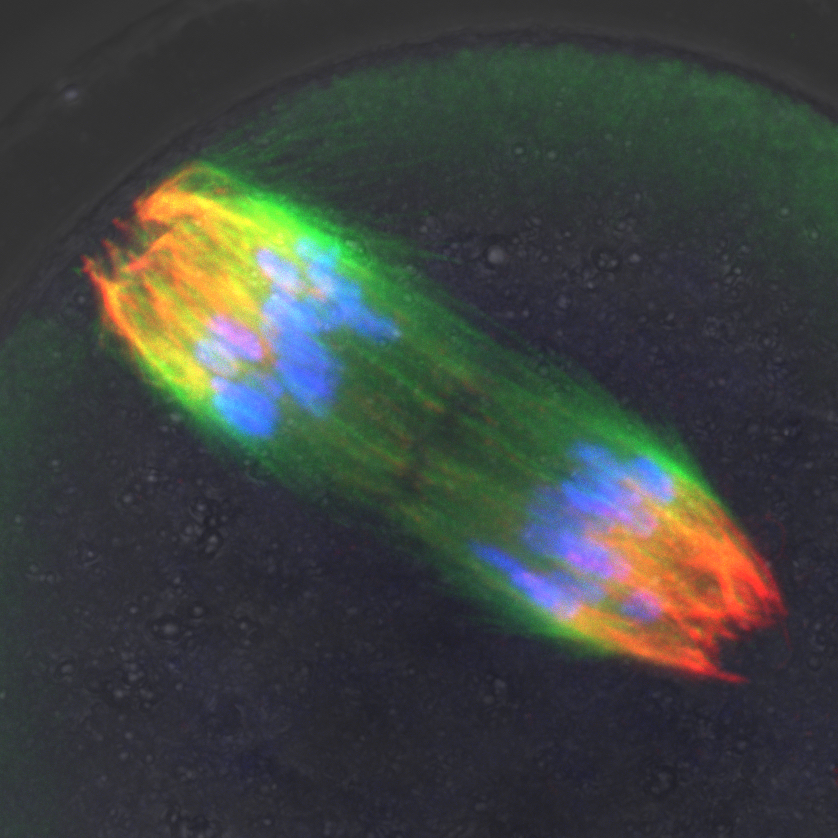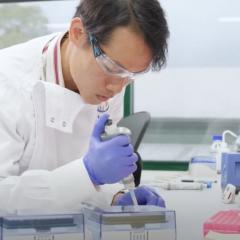
UQ Centre for Clinical Research fertility expert Professor Hayden Homer made the discovery in Queensland’s first laboratory dedicated to egg quality research.
“As women increasingly embark on pregnancy at older ages, poor egg quality has become the single biggest challenge facing fertility clinics,” Dr Homer said.
“Eggs increase about 100- to 200-fold in size in preparation for ovulation, becoming the single largest cell in the human body.
“They undergo an asymmetric division in order to retain as much of their nutrient content for supporting early pregnancy.
“We always knew this division process existed but now we know how eggs actually make the process happen.”
Dr Homer said eggs could not use the same processes employed by other cells in the body to split DNA because this would severely compromise pregnancy success.
Researchers used very high resolution imaging to uncover the mechanism eggs use to divide.
“In the future, being able to visualise this process in eggs could form part of a diagnostic work up during IVF,” he said.
“The Christopher Chen Oocyte Biology Laboratory is the only lab in Australia that has been able to look at live eggs in this much detail.”
The research is published in Nature Communications (DOI 10.1038/s41467-018-06510-9).
Media: Faculty of Medicine Communications, med.media@uq.edu.au, 33655133.



